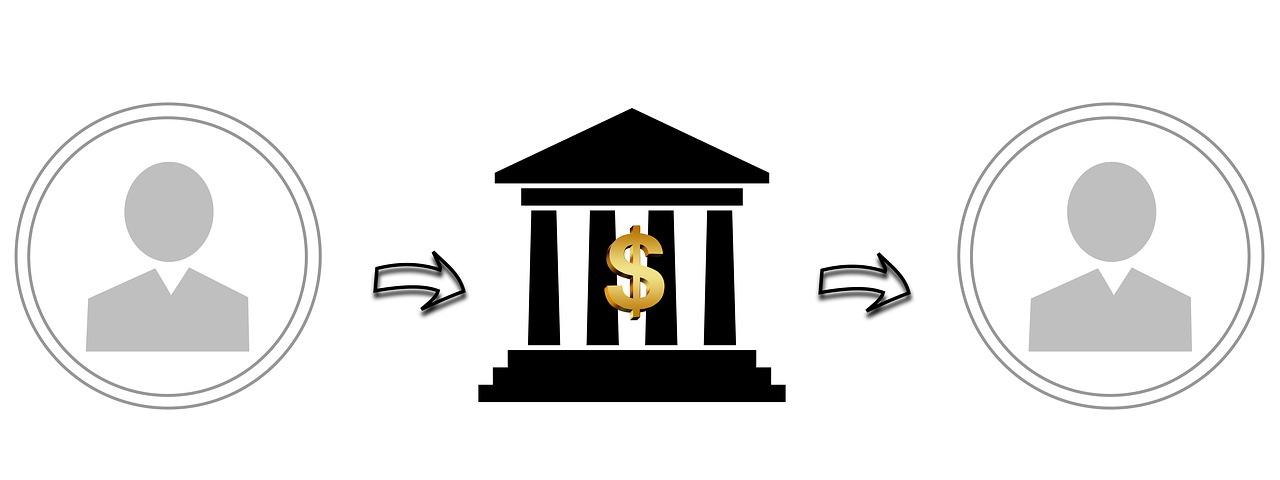ACH payments have become an integral part of modern banking and financial transactions. The term “ACH” stands for Automated Clearing House, and it refers to an electronic funds transfer system widely used in the United States. In this comprehensive guide, Finger Finance will explore what are ACH payments, how they work, their advantages and disadvantages, and the various ways they impact our financial lives.
What Is An ACH Payment?
An ACH payment, or Automated Clearing House payment, is an electronic transfer of funds between banks and financial institutions. These transactions occur through the ACH network, which is a secure and efficient system that processes various types of electronic payments, including:
- Direct deposits
- Payroll payments
- Bill payments
- Person-to-person payments
- Business-to-business transactions
- Tax refunds
- Social Security benefits
ACH payments are widely used in the United States, handling a vast number of financial transactions daily. They have largely replaced paper checks and manual transactions, offering a more convenient and cost-effective way to transfer money.
How Do ACH Payments Work?
ACH payments rely on a standardized and highly automated process for transferring funds between financial institutions. Here is a simplified overview of how ACH payments work:
- Initiation: The ACH process begins when the originator, which can be an individual, business, or government entity, initiates a payment. They provide their bank with authorization to transfer funds to a specific recipient or payee.
- Originating Bank: The originating bank, where the payment is initiated, submits an ACH file to the ACH network. This file contains payment instructions, including the amount, the recipient’s bank details, and other necessary information.
- ACH Network: The ACH network acts as an intermediary that processes ACH transactions. It sorts and routes the transactions to the appropriate receiving banks.
- Receiving Bank: The receiving bank, where the payee holds their account, receives the ACH transaction. It verifies the information, credits the recipient’s account, and notifies them of the deposit.
- Recipient Notification: Once the recipient’s account is credited, they receive a notification of the deposit. This notification can come in various forms, such as a bank statement, email, or text message.
- Funds Availability: The recipient can access the funds in their account as soon as they are made available. The availability time can vary, but regulations often require that funds be available within a few business days.
What Are The Advantages of ACH Payments?
ACH payments offer several advantages, making them a preferred method of transferring money for many individuals and businesses:
1. Cost-Effective: ACH payments are generally more cost-effective than paper checks or wire transfers. They often have lower transaction fees, making them an economical choice for businesses processing numerous payments.
2. Convenience: ACH payments are efficient and convenient. They eliminate the need for physical checks and manual transactions, saving time and reducing errors.
3. Security: ACH payments are secure, with robust encryption and authentication measures in place. They reduce the risks associated with lost or stolen checks.
4. Speed: While not as instant as wire transfers, ACH payments are typically faster than traditional check processing. Payments can be settled within a few business days.
5. Versatility: ACH payments can be used for various purposes, from direct deposits and bill payments to e-commerce transactions and tax refunds.
6. Reduced Paper Usage: ACH payments contribute to environmental sustainability by reducing the need for paper checks, envelopes, and postage.
What Are The Disadvantages of ACH Payments?
While ACH payments offer many advantages, they also have some limitations and disadvantages:
1. Processing Time: ACH payments are not as fast as wire transfers. While they are quicker than traditional check processing, they may not be suitable for time-sensitive transactions.
2. Limited International Use: ACH payments are primarily used in the United States. They are not suitable for international transactions, making wire transfers or other methods necessary for cross-border payments.
3. Limited Control: Once an ACH payment is initiated, the payer has limited control over the transaction. Unlike checks, which can be canceled, ACH payments may be difficult to stop or reverse.
4. Potential for Errors: ACH payments rely on accurate information. If there are errors in the bank account or routing number, payments may not reach the intended recipient, leading to delays and potential complications.
5. Banking Fees: Some financial institutions may charge fees for ACH payments, depending on the type of account and transaction. It is essential to understand your bank’s fee structure.
What Are Different Types of ACH Payments?
The ACH network processes various types of payments, each serving a specific purpose. Examples are shown in the table below:
| 1. Direct Deposits: | Direct deposits are commonly used for payroll, government benefits, and tax refunds. Employers or government agencies can transfer funds directly into an individual’s bank account. |
| 2. Direct Payments: | Direct payments include recurring bill payments and subscriptions. These payments are set up to automatically withdraw funds from the payer’s account to cover expenses like utilities, mortgages, and subscriptions. |
| 3. Business Payments: | Businesses can use ACH payments for various purposes, such as paying suppliers, disbursing employee expense reimbursements, and collecting payments from customers. |
| 4. Person-to-Person Payments (P2P): | P2P payments enable individuals to transfer money to family and friends. Popular P2P services like Venmo, PayPal, and Zelle rely on the ACH network to facilitate these transactions. |
| 5. Same-Day ACH Payments: | In recent years, the ACH network has introduced same-day ACH payments, allowing for faster processing of certain transactions. This is especially useful for time-sensitive payments, but it may incur higher fees. |
The Bottom Line
ACH payments have become a fundamental component of modern financial transactions, providing a secure, efficient, and cost-effective method for transferring funds electronically. While they have some limitations, such as processing time and international usability, the advantages of ACH payments make them an essential part of our financial lives. Whether it is receiving your paycheck, paying your bills, or sending money to a friend, ACH payments are a versatile and reliable option for handling electronic transactions.




